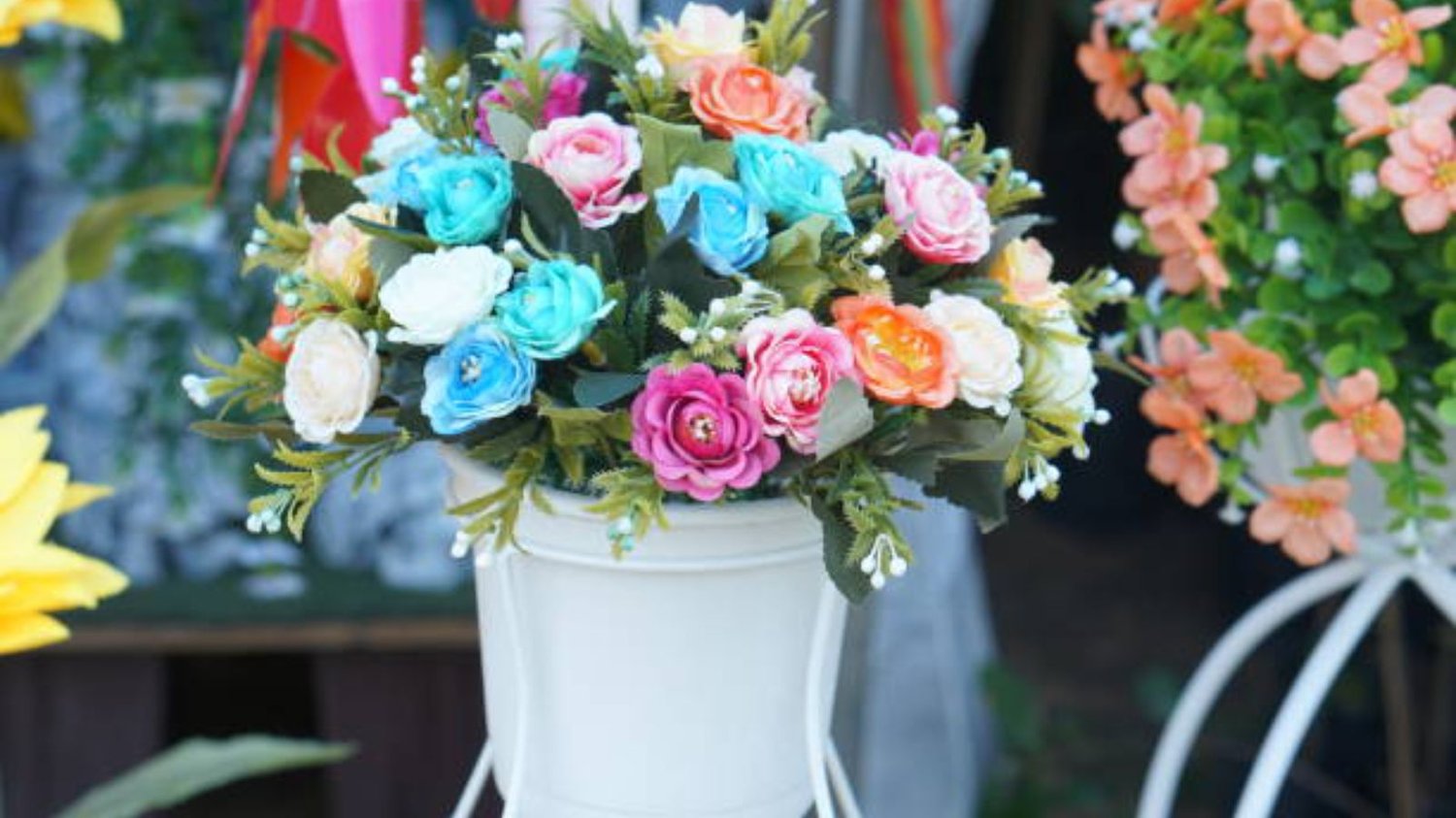Introduction: Understanding Metal Planters
Metal planters are undoubtedly a stylish and durable choice for outdoor gardening. However, many gardeners often wonder if they get too hot and become detrimental to the growth of plants. In this article, we will delve into this concern and provide you with all the information you need to know.
The Nature of Metal Planters
Metal planters are made from materials such as aluminum, iron, steel, or copper. While they may vary in design and strength, they share a common trait of being a good conductor of heat. Therefore, in extreme hot weather, metal planters can absorb and retain heat, causing the soil temperature to rise significantly.
Consequences of Overheating
Excessive heat can affect the growth of plants in various ways. Firstly, it can cause the soil to dry out more quickly, leading to a loss of moisture. Secondly, it can destroy the root system of plants, making them prone to diseases and pests. Lastly, it can cause the plant to wilt, stunting its growth and affecting its overall health.
Factors That Affect a Metal Planter's Heat Absorption
Several factors determine the degree to which a metal planter absorbs heat. Firstly, the color of the planter affects its heat absorption, with dark colors such as black or brown being more prone to radiating and retaining heat. Secondly, the material used and the thickness of the planter walls can significantly impact its heat absorption properties. Lastly, the location of the planter also plays a role since it can be in direct sunlight or partially shaded.
Ways to Prevent Overheating
There are several measures you can take to prevent overheating in metal planters. Firstly, you can choose a lighter color planter to reduce heat absorption. Secondly, you can opt for a planter with a thicker wall, such as double-walled planters. Another option is to add insulation materials such as foam or neoprene liners to reduce heat transfer. Lastly, strategically placing your planters in shaded areas can also mitigate the impact of extreme heat.
Alternative Materials to Wholly Metal Planters
If you are concerned about overheating in metal planters, several alternative materials are available. For instance, you can opt for clay, porcelain, or terracotta planters that are excellent for insulating and reducing heat transfer. Another option is plastic or resin planters that are easy to move around and come in various designs and colors.
Bottom Line: Keeping Your Plants Safe
While metal planters indeed conduct heat, causing them to become too hot for plants, several measures can be taken to mitigate this issue. By choosing the right color, investing in thicker-walled planters, and using insulation and shading, you can ensure that your plants thrive in metal planters. Alternatively, if you prefer to avoid this concern entirely, several alternative materials are available that offer similar aesthetics and functionality.

